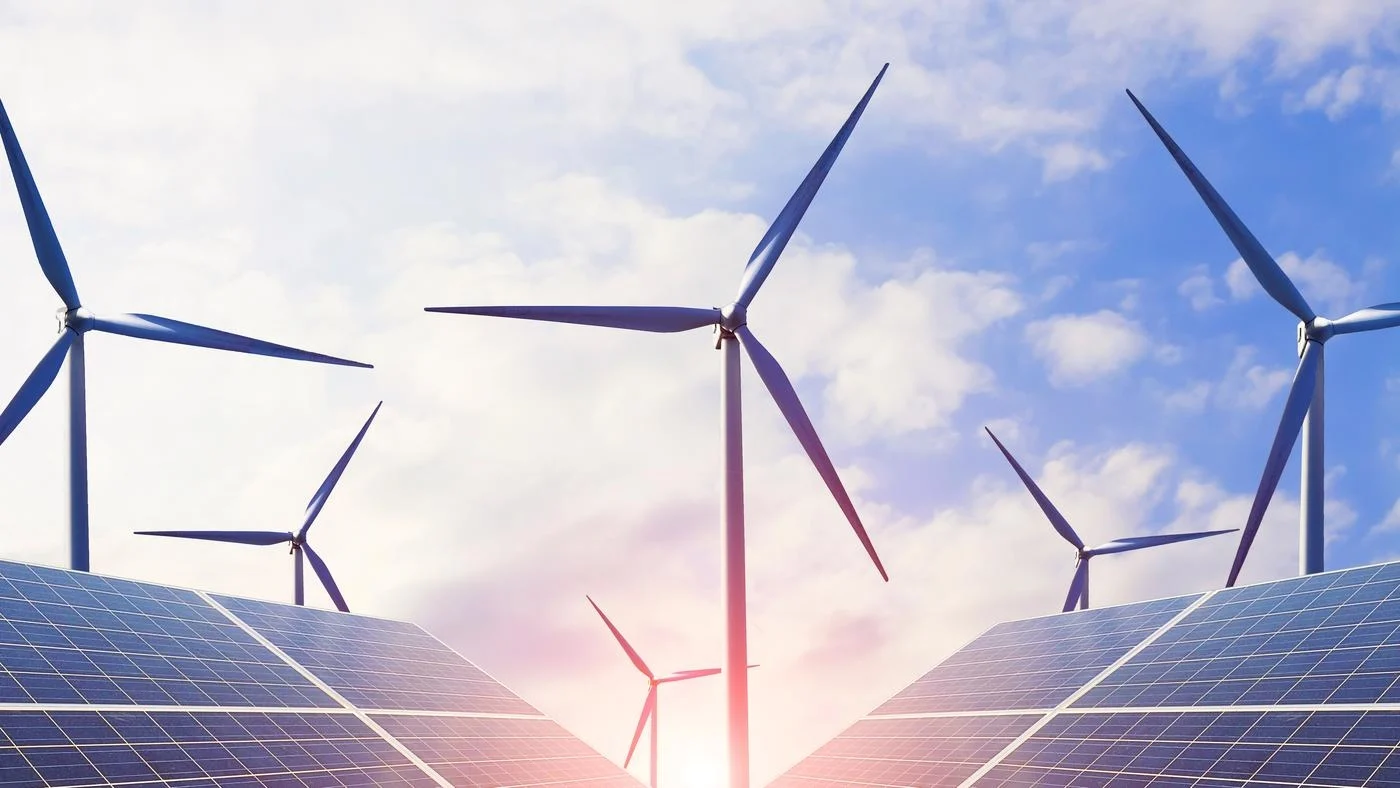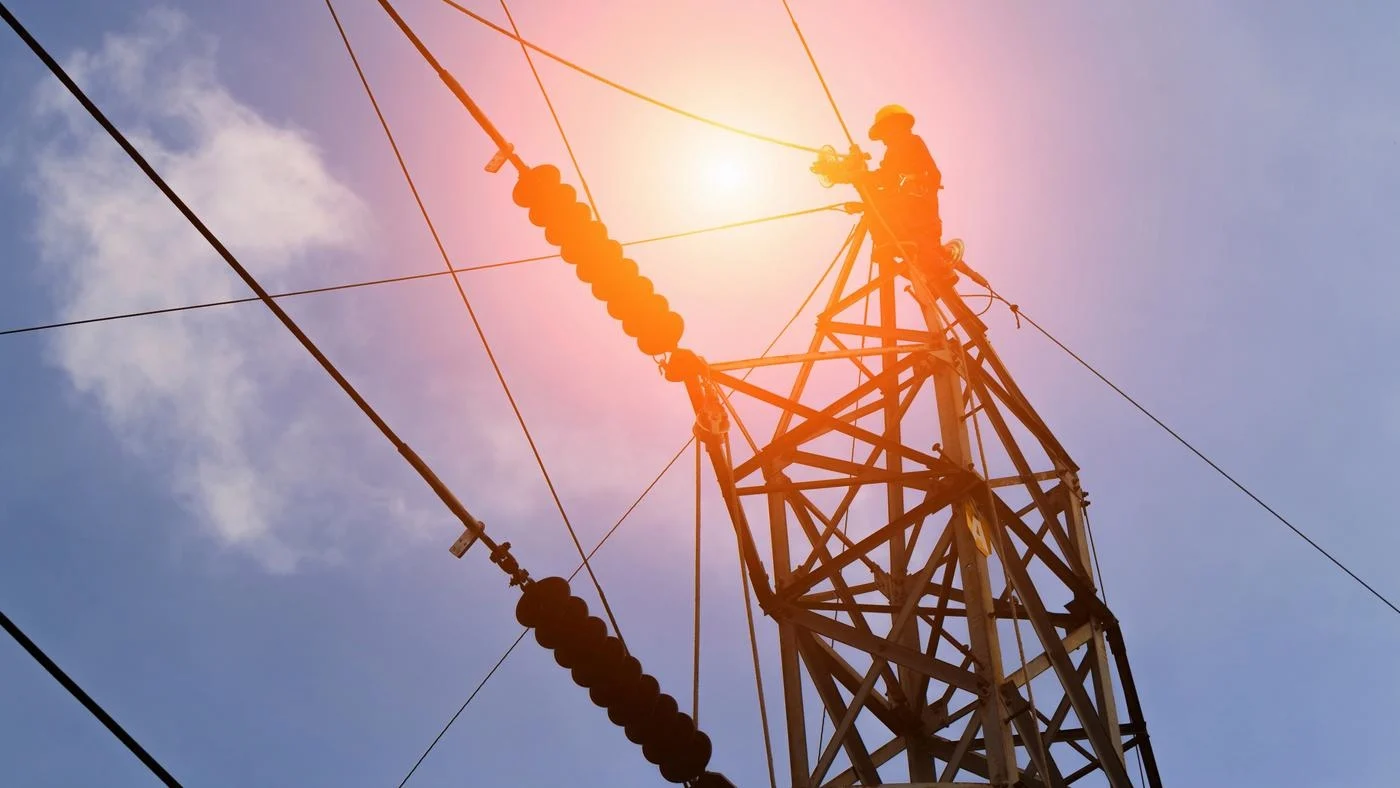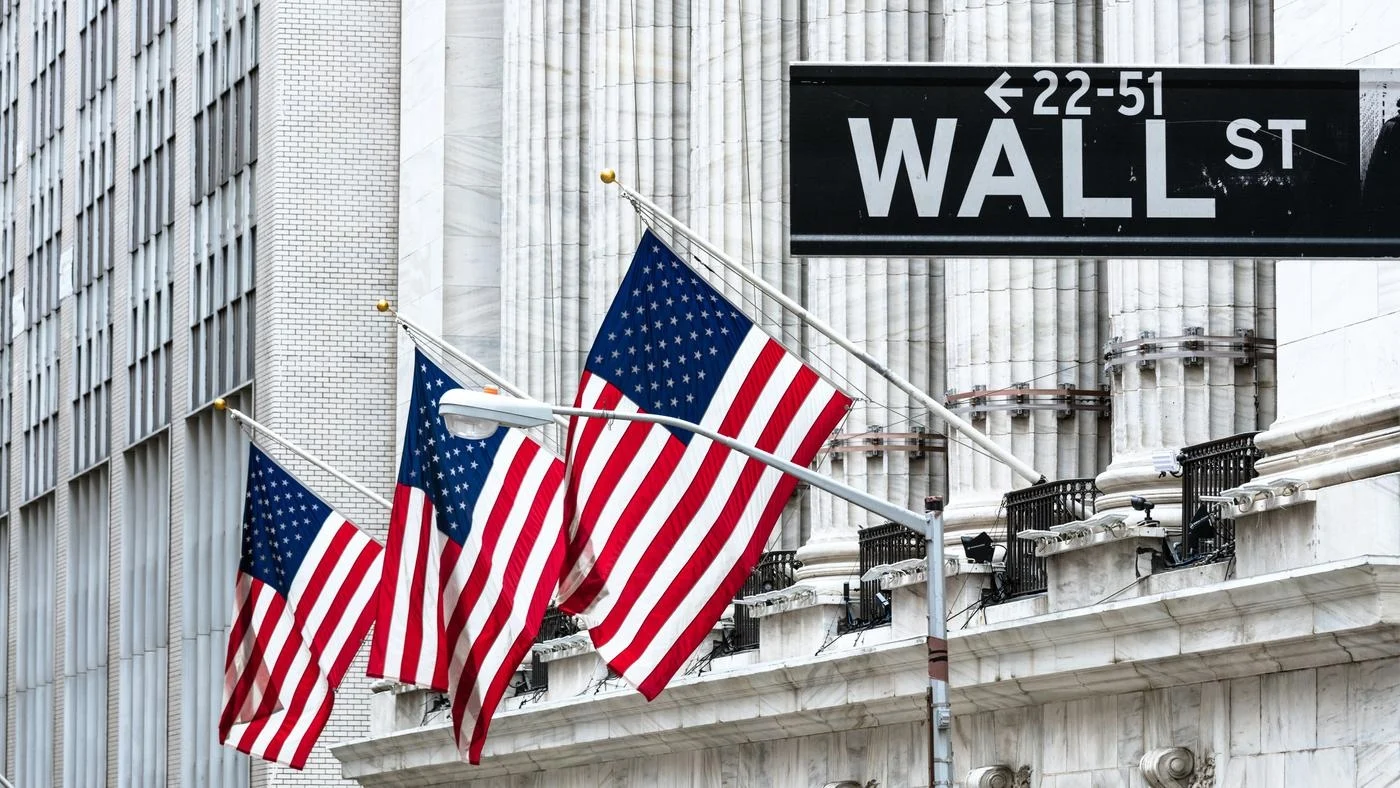Low-Water Lithium Extraction Secures U.S. EV Battery Supply
Business leaders in automotive, energy and mining face three critical challenges today: securing a reliable lithium supply chain, meeting strict environmental regulations, and protecting project economics amid volatile commodity prices. Lilac Solutions’ new ceramic-bead direct lithium extraction (DLE) technology addresses all three—recovering 87% of lithium at 99.97% purity while cutting freshwater use by 90%. Its first commercial plant, targeting 5,000 metric tons per year of lithium carbonate equivalent (LCE), is on track to start production in the second half of 2027 and will benefit from Inflation Reduction Act (IRA) incentives and state credits to drive down capital and operating costs.
Strategic Advantage for Business Leaders
- Supply security: The 5,000 t/yr initial facility—planned with industrial partner Utah Lithium Co. in Box Elder County, Utah—could double U.S. domestic LCE output. Future greenfield modules (15,000–25,000 t/yr) are under early engineering studies with projected capex of $180–$220 million each, net of a 10% IRA domestic content credit.
- Water and ESG risk management: At Bear River Bay, Lilac’s pilot (Jan–May 2023) used only 5 gallons of fresh water per ton of LCE—versus 50–80 gallons for typical resin sorbents—and returns 100% of processed brine back to the Great Salt Lake under a pending Class V groundwater discharge permit opened for public comment in March 2024.
- Favorable economics: Opex is estimated at $6,500–$7,500 per ton LCE, compared to $9,000–$12,000 for traditional evaporation-based brine operations. IRA investment tax credits of up to 30% and state matching grants could lower net capex by $50–$70 million per plant.
Proven Pilot Results Translate to Scale
In partnership with Utah Lithium Co., Lilac’s pilot at Great Salt Lake processed ultra-low-grade brine (70 ppm Li) from February through May 2023. “We consistently achieved 87% lithium recovery and 99.97% purity at commercial flow rates,” says Dr. Carlo Delrosso, Lilac’s CTO. “Our ceramic beads are manufactured in Reno, Nevada, enabling supply-chain security and full domestic content alignment.” Third-party testing by Western Water Analytics confirmed water use is roughly one-tenth that of conventional alumina-based sorbents, critical in the drought-stressed Western U.S.

Environmental permitting is progressing: the Utah Department of Environmental Quality has issued a draft Class V permit for brine return, and public hearings are scheduled for July 2024. “We view Lilac’s return-of-brine approach as a model for sustainable mineral extraction,” notes John Smith, Senior Hydrogeologist at UDEQ.
Market and Regulatory Context
China today processes over 60% of global lithium. U.S. hard-rock projects like Thacker Pass are mired in legal and social opposition, while evaporation-pond projects require thousands of acres and millions of gallons of water. “Direct lithium extraction with low water intensity is the next frontier,” says Jane Doe, Senior Analyst at Clean Energy Insights. “If Lilac hits its 2027 timeline, it will shift the economics by lowering land, water and permitting risks.”

IRA incentives—for example, a 10% bonus credit for domestic content and up to 30% investment tax credit—improve project IRRs by 200–300 basis points. Automakers and grid-storage OEMs with ESG mandates are already in early talks to secure offtake agreements covering 20–50% of the first plant’s output.

Action Steps for Business Leaders
- Secure optionality: Negotiate conditional offtake MOUs for future Lilac-enabled projects, including ESG-linked pricing and IRA domestic content clauses.
- Validate performance: Commission third-party brine trials by Q4 2024 to benchmark lithium recovery, water intensity, opex and maintenance cycles.
- De-risk permitting: Map water and land footprints versus evaporation ponds and hard-rock alternatives to strengthen community and regulator support.
- Leverage incentives: Align your project timeline with IRA deadlines and state rebate schedules; structure financing to capture maximum tax benefits.
- Diversify supply: Build a dual-source strategy across at least two DLE vendors and two basins (e.g., Great Salt Lake and Arkansas Smackover) to mitigate technology and reservoir risks.
Conclusion
For automakers, utilities and miners looking to secure a resilient, low-impact lithium supply chain, Lilac’s ceramic-bead DLE delivers quantifiable benefits: rapid scale-up, water savings, improved permitting prospects and stronger economics under federal and state incentives. Engage with Lilac Solutions today to explore pilot partnerships, offtake agreements and project engineering support that can put your organization at the forefront of the next generation of U.S. lithium extraction.
Contact us: email partners@lilacsolutions.com | phone (415) 555-0123
Leave a Reply